June 5, 2025 | 01:44 GMT +7
June 5, 2025 | 01:44 GMT +7
Hotline: 0913.378.918
June 5, 2025 | 01:44 GMT +7
Hotline: 0913.378.918
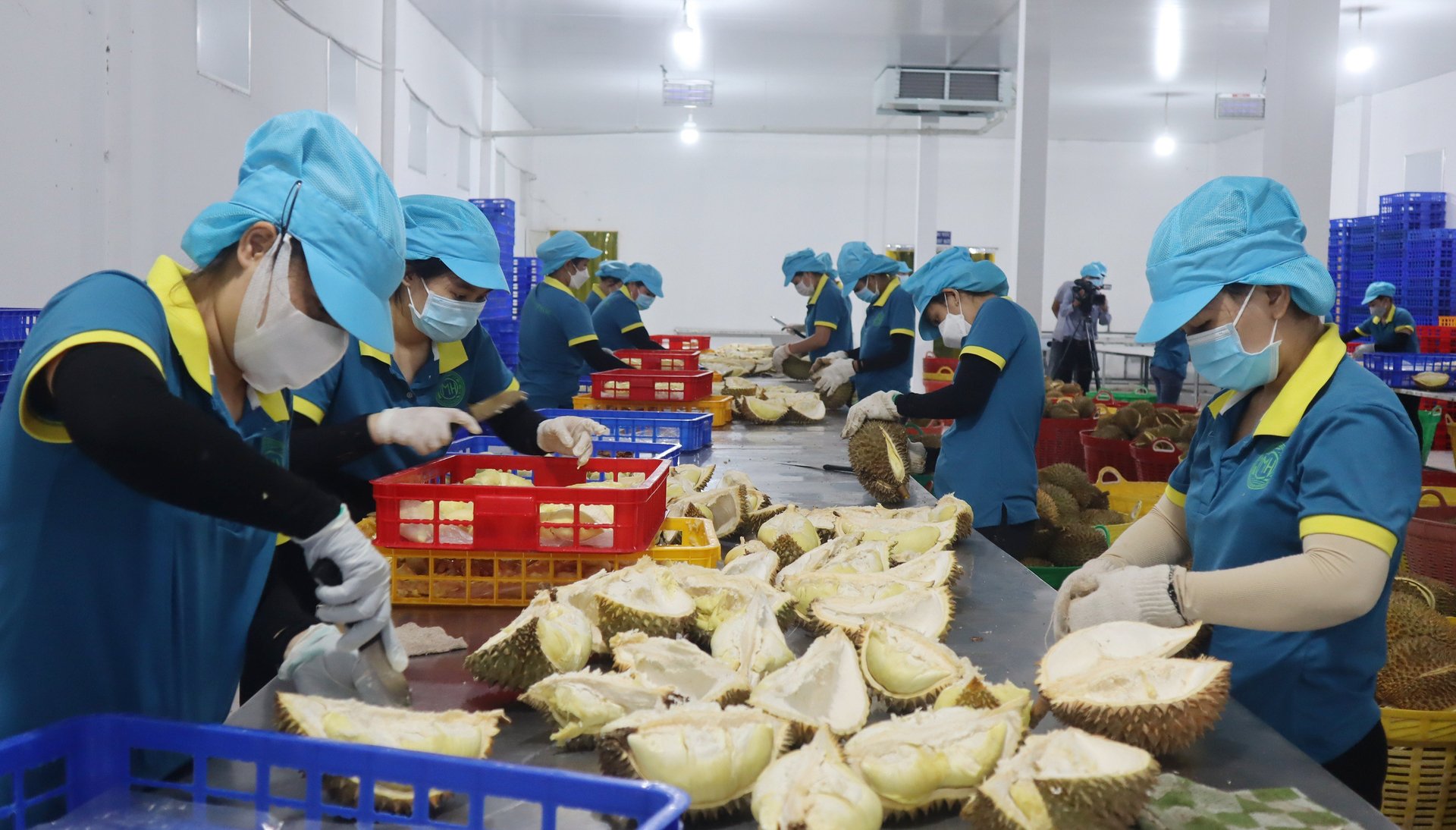
In the first three months of the year, Vietnamese durian has not yet entered the main crop, so exports remain moderate. Durian began to have a large supply in April and May, the export of this item experienced a strong increase. Photo: Tran Trung.
According to Tran Phu Lu, Director of Ho Chi Minh City Investment and Trade Promotion Center (ITPC), China is currently considered Vietnam's biggest trading partner. Vietnam and China have many bilateral cooperation agreements, as well as multilateral agreements that promote agro-product exports.
Taking advantage of geographical proximity, Chinese people’s consumption habits have some similarities with Vietnamese, and the traditional trading relationship has existed for a long time, which creates a great advantage for Vietnamese export agro-products in this market.
However, China is now more strict on food commodity standards. Along with that, China's export products are very similar to Vietnam's, which in a sense creates challenges for Vietnamese goods.
Luong Van Tai, Trade Attaché, Department of Trade Affairs of the Vietnamese Embassy in China, said that the total import-export turnover between Vietnam and China in 2022 reached nearly USD 235 billion, up 2.1%.
Vietnam ranks 10th among countries exporting agro-products to China, export turnover in 2022 exceeded USD 6 billion, accounting for about 2.7% of this market’s total agro-product import value. Particularly in the group of vegetables and fruits, Vietnam is in the group of 3 countries with the most export turnover to the Chinese market (after Thailand and Chile).
According to Trade Attaché Tai, China's import and consumption demand for tropical fruits is still growing. It is forecasted that by 2026, China's fruit consumption and import will reach 319 million tons and nearly 15 million tons respectively. "In the near future, durian may take the lead among Vietnamese fruits in the Chinese market".
But a problem remains. Vietnam is currently in the group of 10 countries/territories with the highest number of warnings for the export of agro-products and foodstuffs. In particular, the errors are related to quality, food safety and hygiene (food additives beyond the allowable threshold, molds and pathogenic bacteria); documents attached to goods (lack of certification; goods not conforming to certificates; goods not yet allowed to be imported), and goods packaging labels do not meet regulations.
Meanwhile, the Chinese market in the coming period will focus on domestic demand and take domestic consumption as the driving force for economic growth. Chinese consumers, especially consumers in urban area, are increasingly interested in healthy, high-quality products with clear origins. “Enterprises need to promote the advantages of geographical location, production cost, transportation, and tropical products of Vietnam to fully exploit this major market, boosting the potential at maximum and meeting the demand," said Trade Attaché Tai.
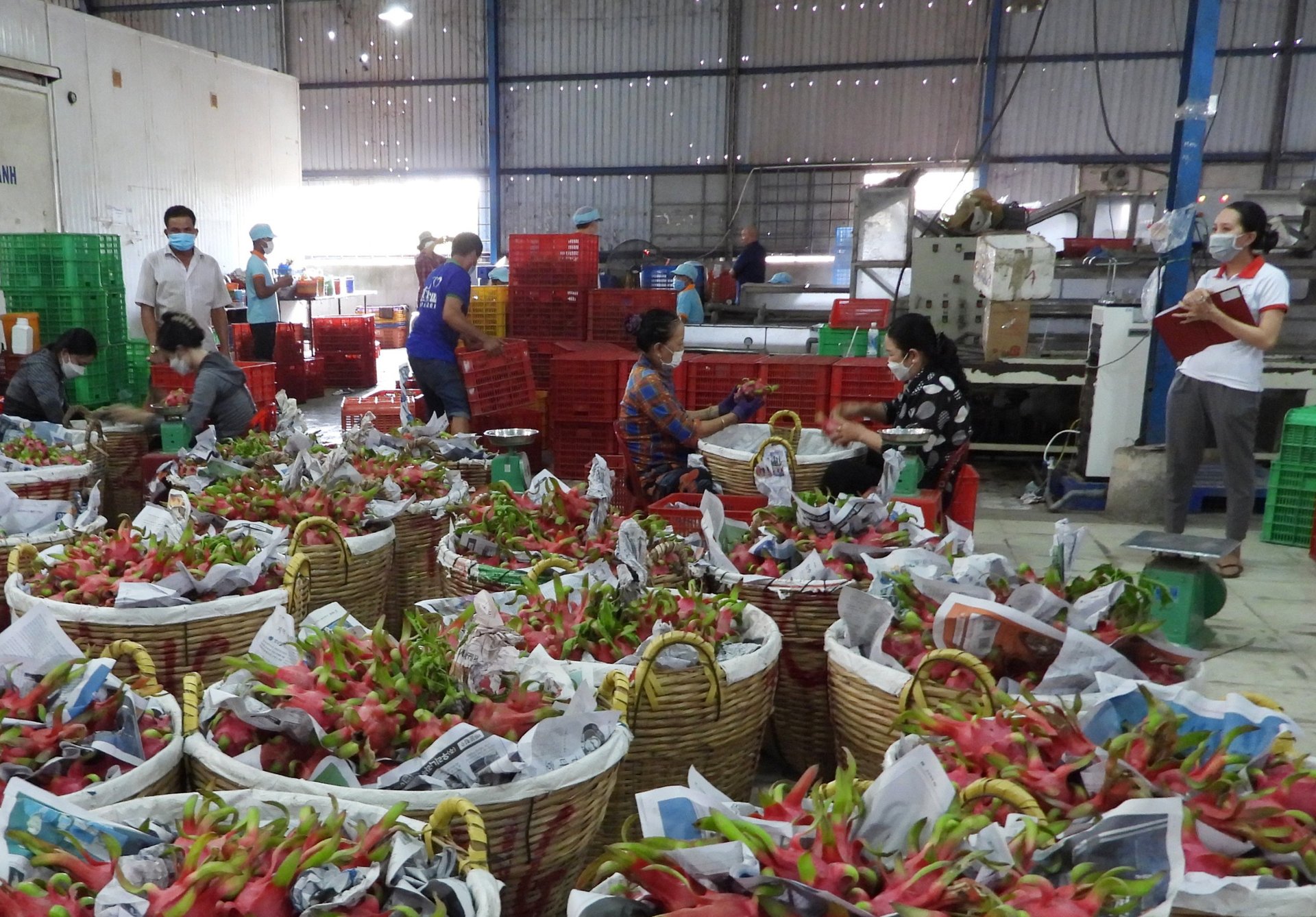
China is one of the three largest import markets for Vietnam's agricultural, forestry and fishery products. Photo: Tran Trung.
According to Dinh Vinh Cuong, Chairman of 365 Group, in order to increase export turnover in the Chinese market, agricultural products need to be of good quality, meeting the needs of consumers. Regarding dragon fruit - one of Vietnam’s main export products to China, in addition to the requirements on quality, food safety and hygiene as prescribed, exporters need to pay close attention to the demands of each stage of this market.
As for the potential durian products, Chairman Cuong said, “China is expanding exploitation from many sources with different modes of transportation at the moment, so if Vietnam wants to dominate the market, it needs to improve the quality, reduce costs and maintain product reputation”.
Vietnam has 13 agricultural products officially exported to China, including bird's nest, sweet potato, dragon fruit, longan, rambutan, mango, jackfruit, watermelon, banana, mangosteen, litchi, passion fruit and durian.
In order to solidify exports to the Chinese market in the official route, the Chairman of 365 Group recommended enterprises develop a strategy for industry development, building a brand in parallel with standardizing production areas as well as concentrated and large-scale specialized farming areas based on signals from the market.
"Enterprises need to regularly update and comply with the Chinese market’s regulations on quality standards, testing, quarantine, packaging, traceability. They should have a strategy for logistics and build warehouses to preserve agro-products in border localities. This will help preserve the goods for a longer period and keep good quality when the delivery time is due," said Chairman Cuong.
Translated by Samuel Pham

(VAN) Vietnam's pepper industry is looking forward to the final tariff decision in order to sustain its robust presence in the United States, the country's biggest pepper market.

(VAN) The U.S. is the largest market for Vietnamese cashew nuts. However, when exports to the U.S. encounter difficulties due to reciprocal tariffs, Vietnamese cashews still have many other potential markets.

(VAN) Reciprocal tariffs present a significant obstacle to Vietnam's wood exports to the United States; however, domestic wood businesses are endeavoring to preserve their market share in this critical market.

(VAN) Businesses in Vietnam are attempting to export rice to the United States ahead of the implementation of reciprocal tariffs, while remaining their optimism regarding this critical market.
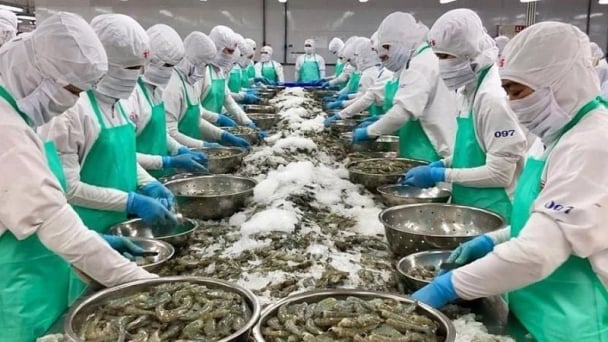
(VAN) From containers of cashew nuts, shrimp to in-depth technical dialogues, agricultural cooperation between Vietnam and the United States is entering a period of sustainable and two-way development.
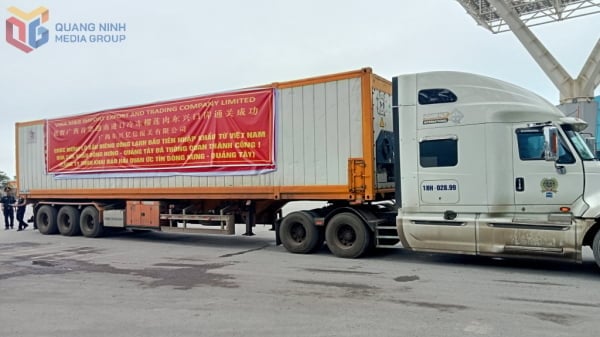
(VAN) After the talks on May 28, Vietnam successfully exported its first batch of frozen durians to China, marking a new milestone in agricultural trade cooperation between the two countries.
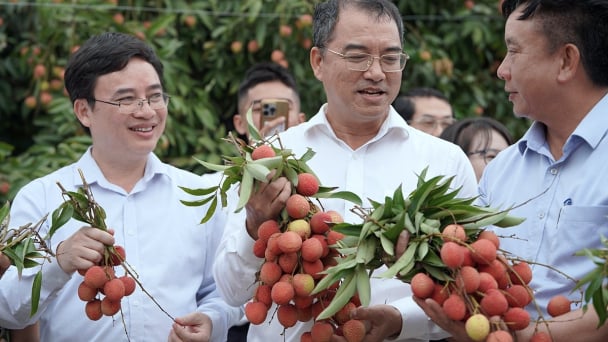
(VAN) Several major companies, such as Red Dragon and Ameii Vietnam, have signed purchasing agreements for the 2025 season, targeting markets including Japan, the United States, and the EU.